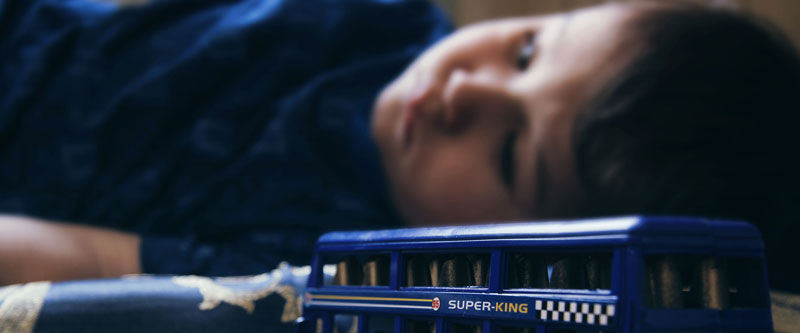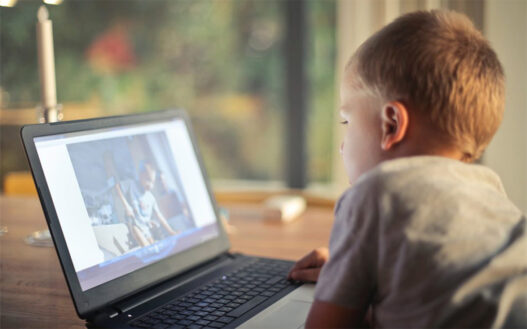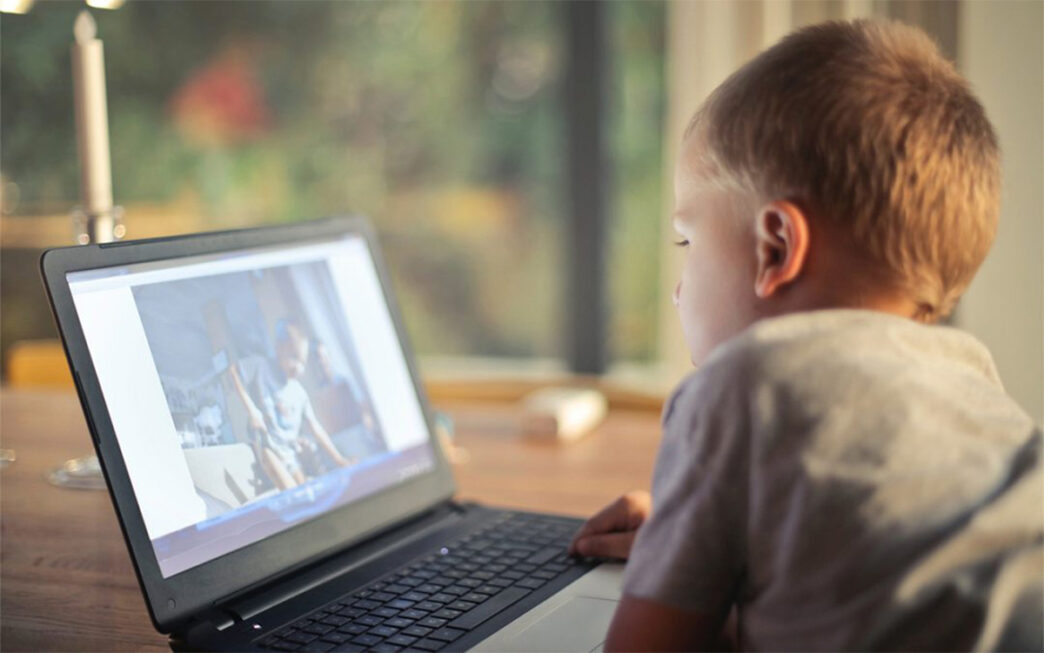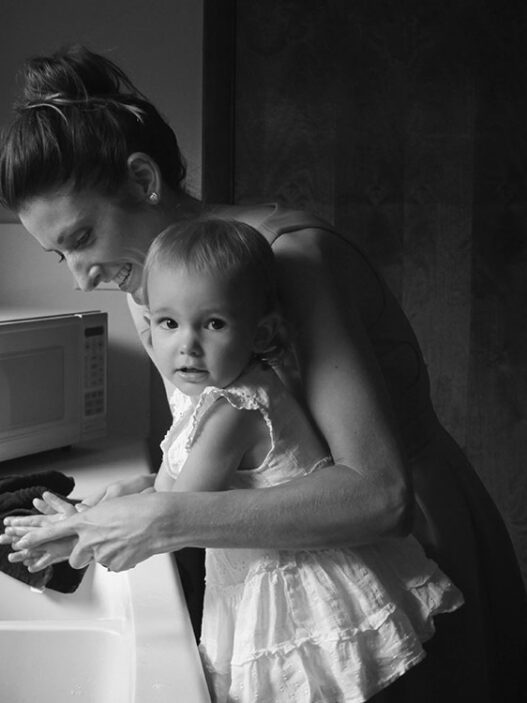Everything you need to know about HFMD and its preventive measures
HFMD
The surge of Hand, Foot and Mouth Disease (HFMD) in Malaysia has become a matter of serious concern. The country is on alert as more than 33,000 cases have been recorded nationwide to date. Children under the age of five are highly susceptible to the disease with cases being reported at daycares, nurseries and kindergartens across the country.
Here’s what you need to know about HFMD.
What is HFMD?
HFMD or the Hand, Foot and Mouth Disease is a contagious infection caused by viruses from the Enterovirus genus, most commonly Coxsackievirus A16 and Enterovirus 71. The virus is found in secretions from the nose and throat such as nasal mucus or saliva, blister fluid and stool.
How does HFMD spread?
The disease spreads by direct contact with the infected person, the air after sneeze or cough of an infected person or touching your eyes, nose or mouth with unwashed hands after coming in contact with contaminated surfaces or feces.
What are the symptoms of the disease?
Though it usually affects infants and children below the age of 5, it can also occur in adults and older children. The signs and symptoms of the disease generally include fever, loss of appetite, headache, sore throat, red rashes on the palms of hands and the soles of the feet, and irritability. It usually begins with fever and red rashes or blisters are observed in the following days.
Though every infected person might not suffer from all of the symptoms, it is good to seek medical attention if you observe any of these signs in your children.

How is the disease diagnosed?
The hand, foot and mouth disease can be diagnosed through physical examination by the doctor who will check the appearance of common symptoms. The doctor or health care professional may also collect a sample from the infected person’s throat or stool to test for the virus.
What precautions can be taken to prevent HFMD?
The Health Ministry has been informing the people about the current situation of the HFMD outbreak and the health authorities have advised the people, especially the parents to play an active role in the control and prevention on the disease starting from themselves and their homes. Parents can take these precautions to prevent the disease.
Wash hands regularly
The best way to prevent HFMD is to practice good hygiene both inside and outside the house. Washing your hands on a regular basis can reduce the chances of coming in contact with the virus. Teach the children to wash hands before eating, after using the washroom and after coming home from outside.

Disinfect the home
Make sure that all the shared places in the house are cleaned on a regular basis by using a disinfectant. It is also important to keep objects like toys and pacifiers clean as they may be contaminated with the virus. Teach the children not to put any toys, other objects or their fingers in their mouth.
Do not ignore symptoms
Parents should not ignore symptoms like fever, vomiting, rashes or lethargy in the child. Please take your child to the nearby healthcare centre and get the required treatment. Also, do not take the children with HFMD or possible symptoms to any public places, daycare, kindergarten or schools as it might spread the disease to others.
Avoid sharing food and other items
It is good to avoid sharing food, drinks, utensils, clothes, toys, towels and similar objects with others during this time.
What precautions can be taken by preschools?
Considering the fact that HFMD majorly affects children under the age of 5 and is easily spread in places where children gather such as kindergartens and daycare, preschools have a major role to the play in the control and prevention of the disease.
- Preschools should take special care to maintain high standards of hygiene and both at a personal and environmental level. Teachers and staff are advised to wash their hands on a regular basis, especially after using the washroom, changing the diapers of children or accidentally touching the blisters.
- All the objects, toys or materials used by children including the floor and the toilets should be cleaned and disinfected regularly.
- There should be a proper facility for the disposal or waste and diapers to reduce the risk of the disease.
- Schools are recommended to conduct screening for any HFMD symptoms before the children enter the premises.











